The world of arachnids is filled with fascinating creatures, and two of the most imposing are the Goliath Bird Eater spider and the various species of tarantulas. While both belong to the tarantula family, they exhibit several key differences that set them apart. This article delves into a detailed comparison of these two giants, exploring five of the most significant distinctions to help you understand these amazing creatures better. From size and venom to habitat and appearance, we’ll uncover what makes each spider unique. Whether you’re an arachnid enthusiast or simply curious, this guide offers valuable insights into the world of these impressive invertebrates.
Size Difference: Goliath Bird Eater vs Tarantula
One of the most immediately noticeable differences between the Goliath Bird Eater and a typical tarantula is size. The Goliath Bird Eater (Theraphosa blondi) earns its name by being the largest spider in the world by mass and often by leg-span. Understanding the size disparity is fundamental when comparing these two arachnids. While other tarantula species can be sizable, the Goliath Bird Eater consistently dwarfs them.
Goliath Bird Eater Size Details
The Goliath Bird Eater can have a leg span of up to 12 inches (30 cm) and can weigh over 6 ounces (170 grams). Their sheer size is truly remarkable, making them a formidable presence in the wild and in captivity. Body length can reach up to 4.7 inches (12 cm). Their size is not just impressive; it also impacts their hunting strategies and overall lifestyle. It’s crucial to have a proper enclosure when keeping a Goliath Bird Eater because of its size and its potential need for space.
Tarantula Size Details
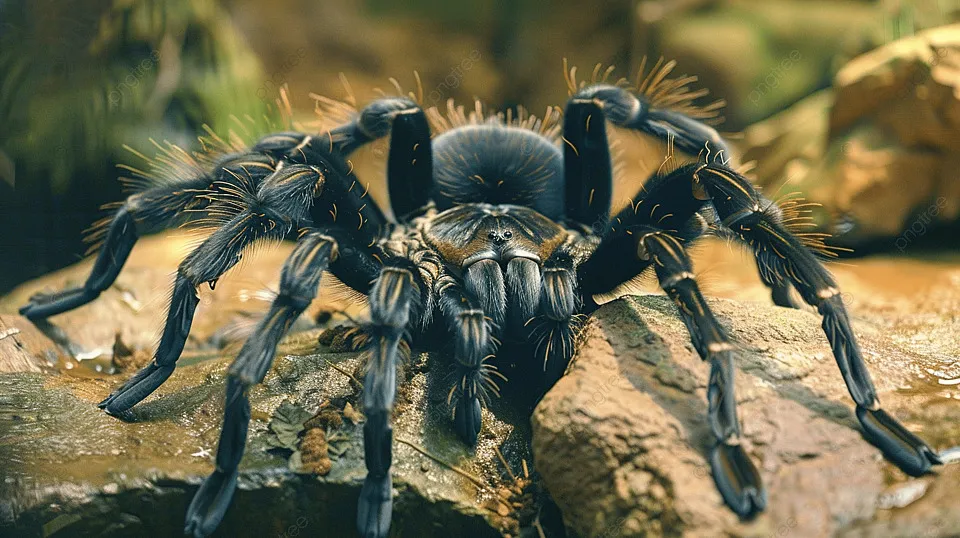
Tarantulas, on the other hand, come in various sizes, depending on the species. Some, like the Chilean Rose Hair tarantula, are relatively small, with a leg span of around 5-6 inches (12-15 cm). Others, like certain species of the Theraphosa genus (which includes the Goliath Bird Eater), can be quite large, though still generally smaller than the Goliath Bird Eater. The average tarantula will fall somewhere in between, making the Goliath Bird Eater exceptional in terms of sheer magnitude. Size affects their movement speed, potential prey, and overall living requirements.
Size Comparison Summary
In summary, the Goliath Bird Eater is the clear winner in terms of size, often significantly out-sizing most tarantula species. This size advantage gives the Goliath Bird Eater a distinct advantage in terms of hunting capabilities and the ability to take down larger prey. Smaller tarantulas have to be more resourceful and selective when choosing prey. This fundamental difference impacts everything from their diet to their habitat preferences, making it one of the most important distinctions to understand.
Venom Potency & Effects
While both Goliath Bird Eaters and tarantulas possess venom, the potency and effects of the venom are not necessarily the primary distinguishing factor. Instead, the way they use their venom is often more important. Understanding the effects of their venom is essential for anyone interested in these spiders, especially if handling or encountering them in the wild.
Goliath Bird Eater Venom
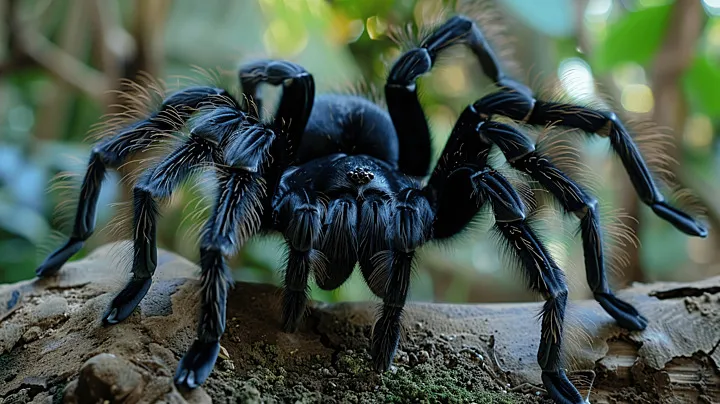
The Goliath Bird Eater’s venom is not considered highly toxic to humans. Its effects are often compared to a bee sting, causing localized pain, muscle cramps, and some swelling. However, the size of the spider and the amount of venom injected can influence the severity of the symptoms. Goliath Bird Eaters are more likely to bite when threatened and tend to use their fangs defensively. While the venom is not life-threatening, it can still be quite uncomfortable.
Tarantula Venom
Tarantula venom varies across different species. Generally, tarantula venom is not considered highly dangerous to humans. The effects are usually similar to those of the Goliath Bird Eater, involving localized pain, swelling, and muscle cramps. Some people may experience allergic reactions, which could lead to more severe symptoms. The bite is more likely to be a defensive measure, taken when they feel threatened, and the effects usually subside within a few hours or days. Species with more potent venom are uncommon.
Venom Comparison Summary
The venom of both the Goliath Bird Eater and most tarantulas is not typically life-threatening to humans. The primary difference is the size of the spider and the potential amount of venom injected, which can influence the severity of symptoms. Both spiders rely on their venom for subduing prey, but the effects are usually localized. The physical threat from their large fangs is a more significant concern than the venom itself, which can cause a painful bite.
Habitat and Native Regions
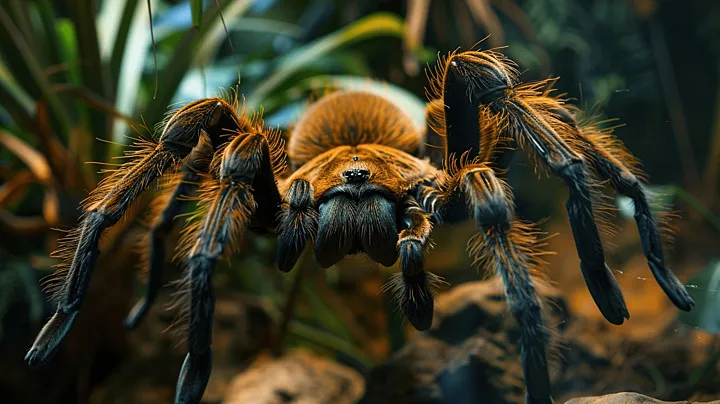
The habitat and native regions of the Goliath Bird Eater and tarantulas offer another key distinction. Knowing where these spiders live helps to understand their behavior, adaptations, and the environmental factors that shape their lives. Understanding their environment is important when keeping one as a pet or when studying them in the wild.
Goliath Bird Eater Habitat
The Goliath Bird Eater is primarily found in the rainforests of northern South America, including countries like Brazil, Venezuela, Guyana, Suriname, and French Guiana. They are terrestrial spiders, meaning they live on the ground, in burrows, or under rocks and logs. These habitats are typically humid and warm, with dense vegetation providing cover and plenty of prey. They need a constant supply of moisture and a place to hide from the sun and predators. They are well-adapted to the rainforest environment.
Tarantula Habitat
Tarantulas have a much wider distribution, found in various habitats across the world, including North and South America, Asia, Africa, and Australia. Their habitats range from deserts and grasslands to tropical rainforests, depending on the species. Some tarantulas are arboreal, living in trees, while others are terrestrial. These diverse habitats show their ability to adapt to different climates and environments. Adaptations such as the ability to burrow or seek shelter are vital for their survival.
Habitat Comparison
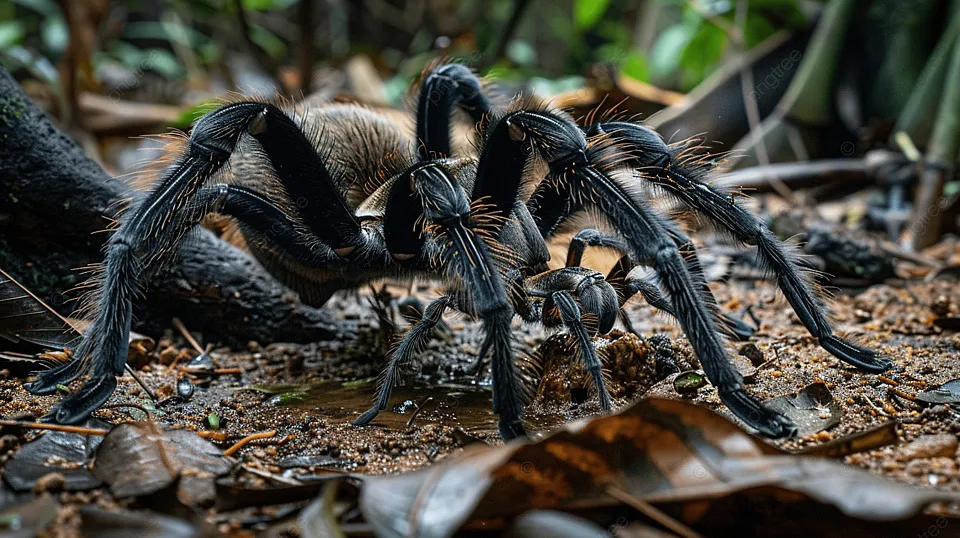
The Goliath Bird Eater is restricted to the rainforests of South America, while tarantulas inhabit a much broader range of environments. This habitat diversity shows tarantulas’ adaptability. The Goliath Bird Eater’s specific habitat impacts their diet, behavior, and overall survival. Understanding the specific habitat needs of each species is important when it comes to conservation efforts or pet care.
Dietary Preferences
The diet of the Goliath Bird Eater and tarantulas also presents notable differences. While both are carnivores, their prey choices vary based on their size, habitat, and hunting strategies. Understanding their dietary habits is essential to appreciating their role in the ecosystem and proper care in captivity.
Goliath Bird Eater Diet
The Goliath Bird Eater’s diet primarily consists of insects, worms, and other invertebrates. However, their size allows them to hunt and consume small vertebrates, including small birds, lizards, and rodents. They are opportunistic hunters, ambushing their prey and injecting venom to immobilize it. Their diet reflects their size and the availability of prey in their rainforest habitat. They have a strong feeding response and consume whatever is accessible.
Tarantula Diet

Tarantula diets vary depending on their size and species, as well as the location of their habitats. Generally, they feed on insects such as crickets, cockroaches, and mealworms. Larger tarantula species may also consume small vertebrates like mice, lizards, or even small birds. They typically ambush prey, relying on their venom to subdue their meals. The diet of tarantulas is more diverse due to the variety of species and their varying habitats. Proper nutrition is important for maintaining their health.
Dietary Comparison
The Goliath Bird Eater’s diet includes a wider range of prey due to its size and power. Both spiders are carnivores, but the Goliath Bird Eater can eat larger prey, while tarantulas mostly eat insects. The differences in their dietary habits reflect the evolutionary adaptations of these spiders and their respective habitats. A varied diet is a sign of a healthy spider.
Appearance and Physical Characteristics
The appearance and physical characteristics offer another key way to distinguish between the Goliath Bird Eater and various tarantula species. While both are tarantulas and share some similarities, there are notable differences in their appearance, especially in terms of size, coloration, and body structure.
Goliath Bird Eater Appearance
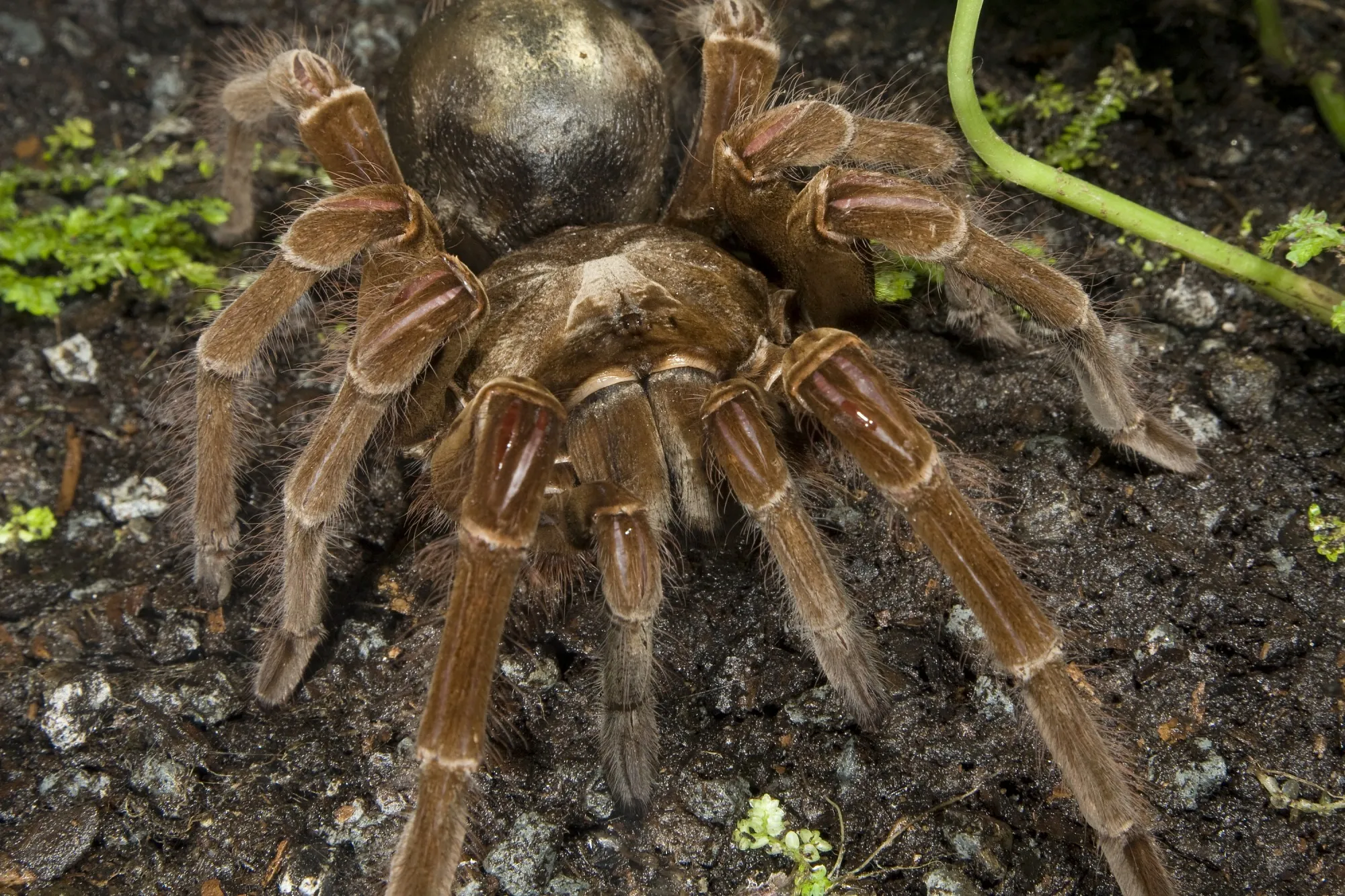
The Goliath Bird Eater is a large, robust spider with a leg span that can reach up to 12 inches. They have a brownish coloration, with hairy legs and bodies. They also possess urticating hairs on their abdomen that they can flick off to deter predators. Their fangs are large and prominent. The Goliath Bird Eater’s physical characteristics show its size, strength, and defensive adaptations. Their overall appearance is designed for hunting.
Tarantula Appearance
Tarantulas vary greatly in appearance depending on the species. They range in size from small to large, with a variety of colors, including brown, black, orange, and even blue. They also possess urticating hairs and strong fangs. Their bodies are segmented into two main parts, the cephalothorax and the abdomen, typical of all spiders. Their diverse appearances show how different the species of tarantulas can be. Body shape and color are adaptive features.
Appearance Comparison
The most immediate difference is in size, with the Goliath Bird Eater being significantly larger. The Goliath Bird Eater tends to have a more uniform brown coloration, while tarantulas come in a wider range of colors and patterns. Both spiders have urticating hairs for defense, but the Goliath Bird Eater’s sheer size gives it an advantage. Appearance aids in their survival. The differences show how these spiders have adapted to their different environments.
In conclusion, while the Goliath Bird Eater and tarantulas share common traits, they are distinct in several ways. The Goliath Bird Eater’s size, diet, habitat, and appearance set it apart. Whether you are an arachnid enthusiast or a curious observer, understanding these differences provides a more profound appreciation for the diversity of spiders. The Goliath Bird Eater is a truly impressive creature. Studying these distinctions enriches our understanding of the animal world and the incredible adaptations that enable species to thrive.
